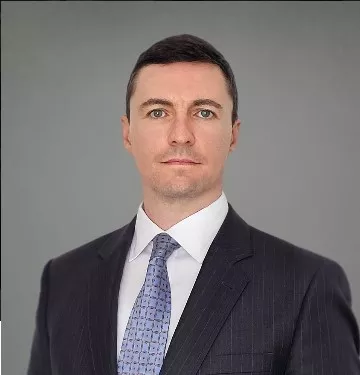Very often in the course of a bankruptcy proceeding, a creditor with a pending lawsuit against the debtor will need to obtain relief from the automatic stay in order to continue to prosecute the pre-petition litigation. For example, personal injury claimants who seek to recover solely against an insurance policy of a debtor may obtain relief from the automatic stay in certain circumstances. Such claimants will need to file a motion with the Delaware Bankruptcy Court to obtain relief from the stay in order to pursue their claim to a final judgment.
Relief from Stay
Under section 362(d)(1) of the Bankruptcy Code, the bankruptcy court "shall" lift the automatic stay for "cause." If a creditor seeking relief from the automatic stay makes a prima facie case of "cause" for lifting the stay, the burden going forward shifts to the debtor pursuant to Bankruptcy Code § 362(g). See In re 234-6 West 22nd St. Corp., 214 B.R. 751, 756 (Bankr.S.D.N.Y. 1997).
The Bankruptcy Code does not define "cause." Instead, whether cause exists to lift the automatic stay should be determined on a case by case basis. See Izzarelli v. Rexene Prod. Co. (In re Rexene Prod. Co.), 141 B.R. 574, 576 (Bankr.D.Del. 1992). See also, In re Texas State Optical, Inc., 188 B.R. 552, 556 (Bankr. E.D.Tex. 1995) (finding that "cause" for modification of the automatic stay is "an intentionally broad and flexible concept that permits ... [a] [b]ankruptcy [c]ourt, as a court of equity, to respond to inherently fact-sensitive situations.") Courts determine what constitutes "cause" based on the totality of the circumstances in each particular case. Baldino v. Wilson (In re Wilson), 116 F.3d 87, 90 (3d Cir. 1997).
In re Rexene provides the "balancing test" to
determine whether cause exists to lift the automatic stay. 141 B.R.
at 576. Under Rexene, the balancing test looks at three
factors to decide whether to lift the automatic stay, including:
(a.) whether prejudice will be caused to the estate or the
debtor;
(b.) whether hardship to the movant from continuing the stay
outweighs any hardship to the debtor; and (c.) whether the movant
has a reasonable probability of prevailing on the merits of the
suit. Id.
The content of this article is intended to provide a general guide to the subject matter. Specialist advice should be sought about your specific circumstances.

